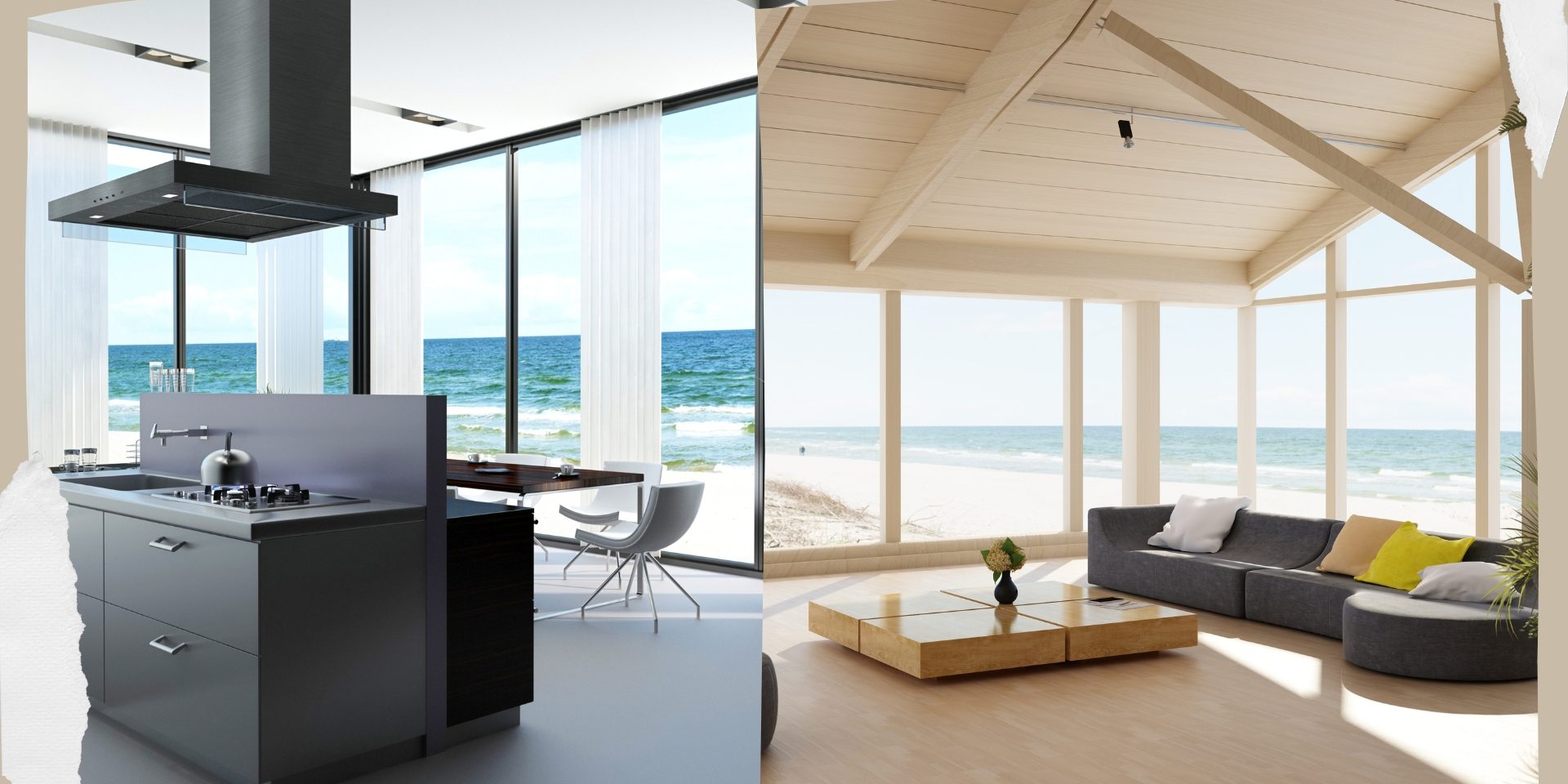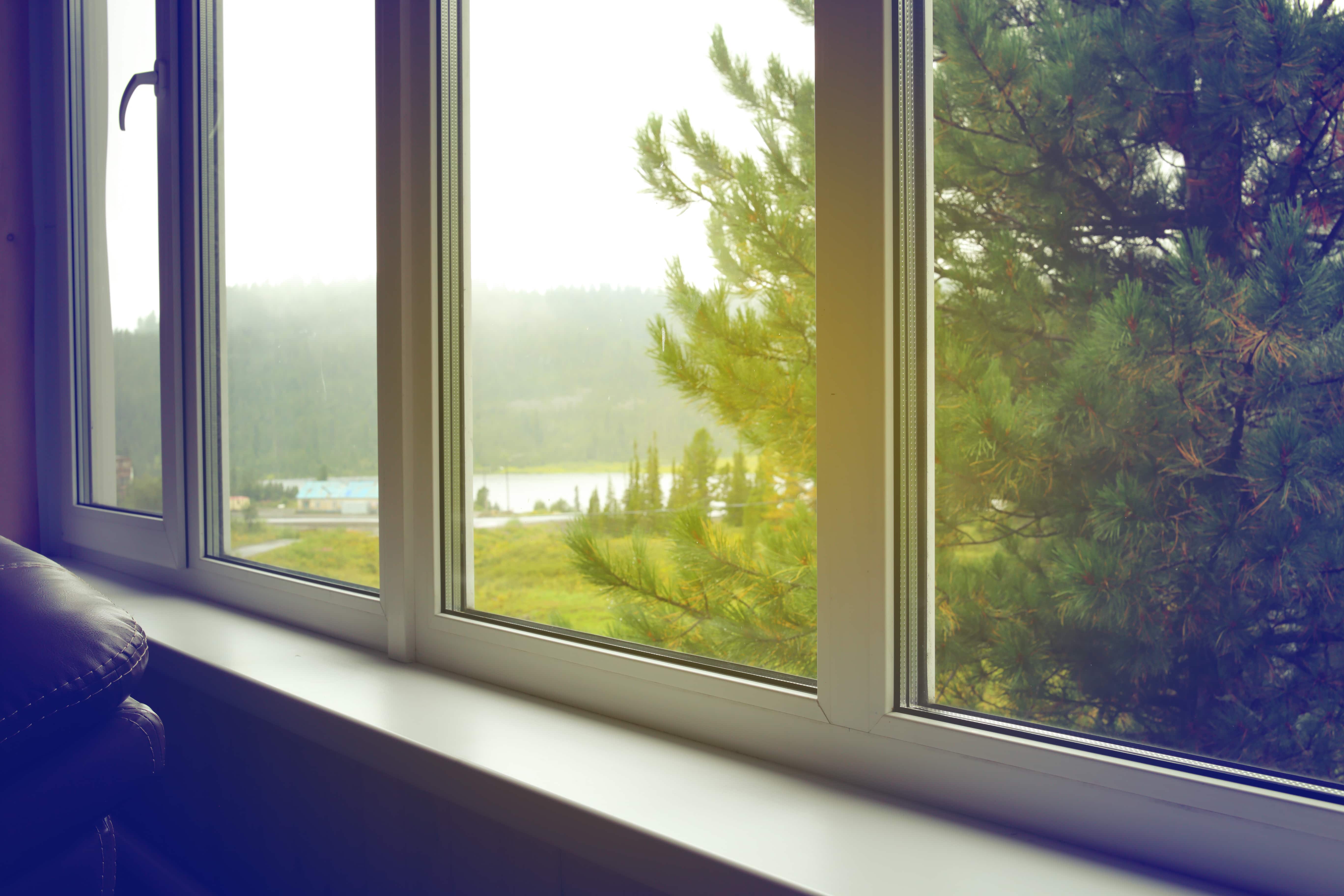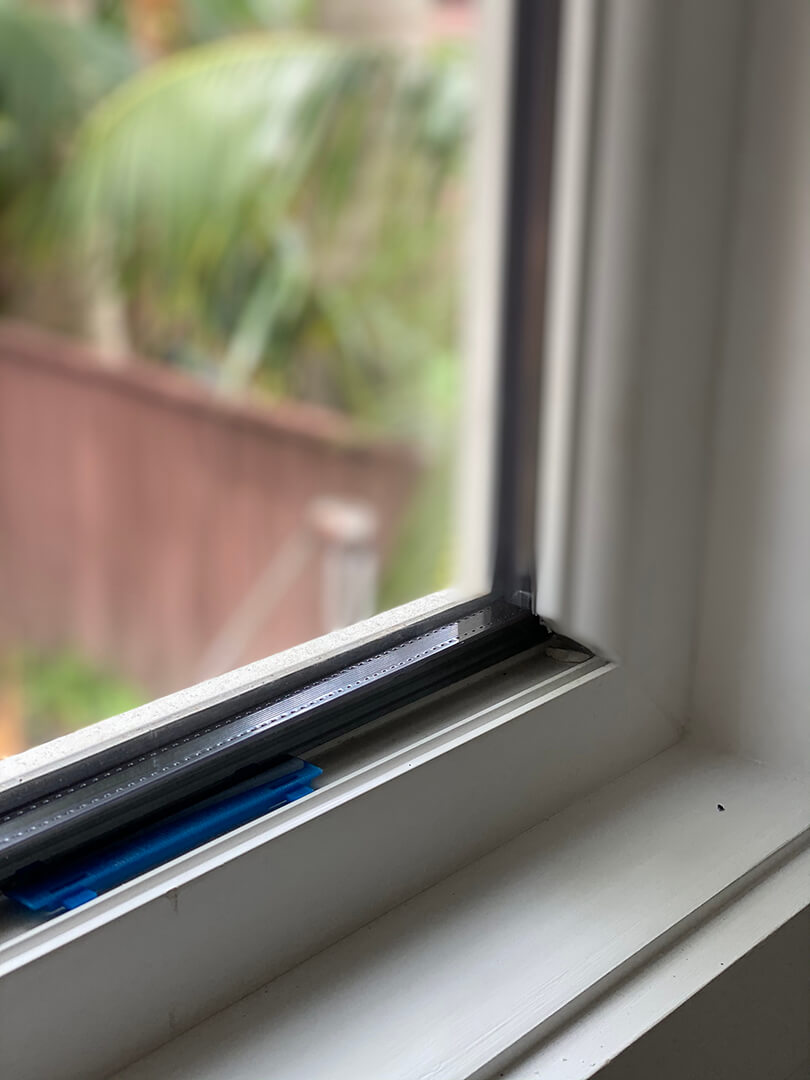All Categories
Featured
Table of Contents
Double Glazed Windows Brisbane in Glen Forrest Western Australia
Glazing simply means the windows in your home, including both openable and fixed windows, as well as doors with glass and skylights. Glazing in fact simply implies the glass part, however it is typically used to refer to all aspects of an assembly consisting of glass, films, frames and furnishings. Focusing on all of these elements will assist you to achieve efficient passive style.

Energy-efficient glazing makes your home more comfy and significantly decreases your energy expenses. However, unsuitable or poorly designed glazing can be a major source of unwanted heat gain in summertime and considerable heat loss and condensation in winter season. Approximately 87% of a house's heating energy can be gotten and up to 40% lost through windows.
Keep Cool This Summer Without Overusing Your Aircon. in Ellenbrook WA
Glazing is a considerable financial investment in the quality of your house. A preliminary investment in energy-efficient windows, skylights and doors can greatly reduce your annual heating and cooling costs.

This tool compares window selections to a base level aluminium window with 3mm clear glass. Comprehending a few of the crucial properties of glass will help you to choose the very best glazing for your home. Secret residential or commercial properties of glass Source: Adapted from the Australian Window Association The quantity of light that travels through the glazing is referred to as noticeable light transmittance (VLT) or visible transmittance (VT).
Brisbane's Best Double Glazed Windows in Churchlands WA
This may lead you to turn on lights, which will result in greater energy expenses. Conduction is how readily a material carries out heat. This is called the U value. The U worth for windows (revealed as Uw), describes the conduction of the whole window (glass and frame together). The lower the U value, the higher a window's resistance to heat flow and the better its insulating value.
For example, if your house has 70m2 of glazing with aluminium frames and clear glass with a U worth of 6. 2W/m2 C, on a winter's night when it is 15C cooler outside compared with inside, the heat loss through the windows would be: 6. 2 15 70 = 6510W That is equivalent to the overall heat output of a large room gas heater or a 6.
Why Do You Need Double Glazing Windows In Summer? in Maddington Perth

If you pick a window with half the U worth (3. 1W/m2 C) (for example, double glazing with an argon-filled gap and less-conductive frames), you can halve the heat loss: 3. 1 15 70 = 3255W The solar heat gain coefficient (SHGC) for windows (revealed as SHGCw) measures how easily heat from direct sunshine flows through a whole window (glass and frame together).
The lower a window's SHGC, the less solar heat it transfers to the home interior. Glazing makers declare an SHGC for each window type and style. The actual SHGC for windows is impacted by the angle that solar radiation strikes the glass. This is understood as the angle of occurrence.
Which Is The Best Type Of Double Glazing? - Which? - Which.co.uk in Lockridge Western Australia
When the sun is perpendicular (at 90) to the glass, it has an angle of incidence of 0 and the window will experience the maximum possible solar heat gain. The SHGC declared by glazing makers is constantly computed as having a 0 angle of occurrence. As the angle increases, more solar radiation is shown, and less is sent.
Latest Posts
Why Is Double Glazing So Important In Winter? in Floreat Western Australia
Pros And Cons Of Argon Gas In Windows in Bedford Perth
Can I Have Double Glazing In A Summerhouse? in Madeley Perth